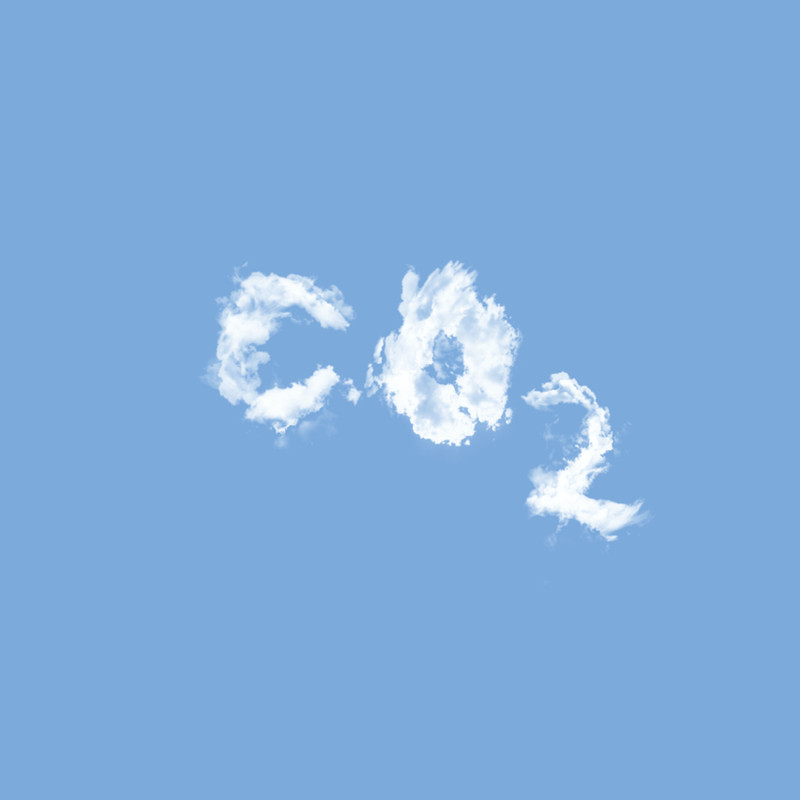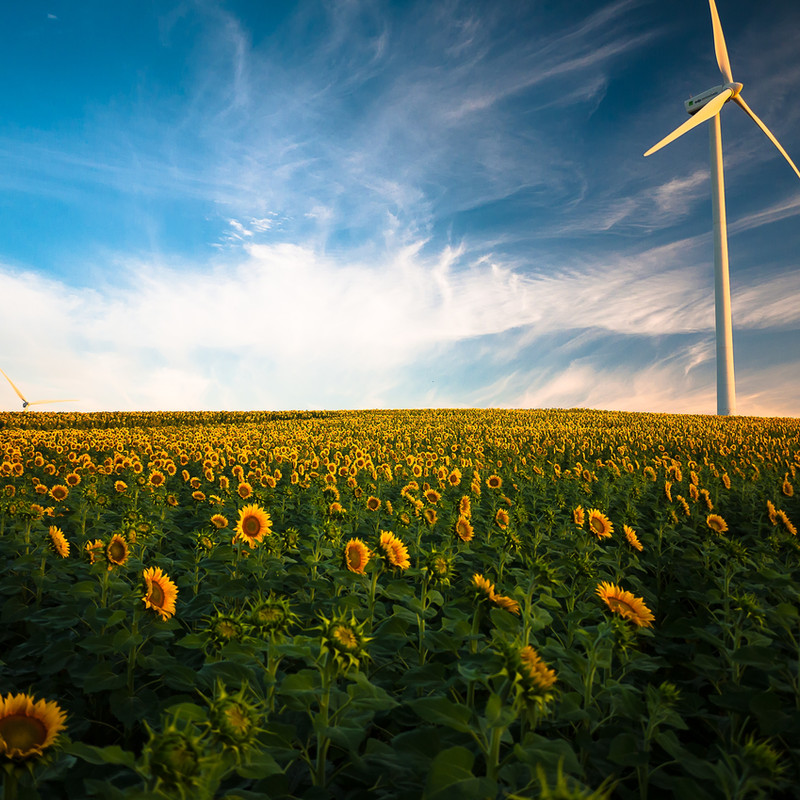Climate change mitigation is the process of reducing the emission of greenhouse gases into the atmosphere in order to prevent further climate change. Methods of climate change mitigation often include the reduction in an entity’s carbon footprint.
Climate change mitigation generally refers to actions taken to reduce emissions of greenhouse gases. This can be done through a variety of means, such as the use of renewable energy sources, more efficient use of energy, or planting trees (which absorb carbon dioxide). Reducing our reliance on fossil fuels is also considered to be essential for climate change mitigation.
While climate mitigation is important, is does not necessarily mean that the Earth’s climate will not continue to change in the future. Climate adaptation is also important, which refers to actions taken to deal with the effects of climate change that are already happening or are expected to happen.
Carbon Footprint
Your carbon footprint is the total amount of greenhouse gases that you produce. A carbon footprint if calculated by totaling the amount of carbon dioxide and other greenhouse gases you produce and then converting it into an equivalent amount of carbon dioxide.

The average American’s carbon footprint is about 16 tons, one of the highest in the world. In terms of emissions per person, the U.S. emitted about 17.2 metric tons in 2009. To put this into perspective, if everyone on Earth lived like the average American, we would need 4 planet Earths to sustain us.
China
In China, the average carbon footprint is about 3.1 metric tons. This number is growing however, as China’s economy continues to grow. China is now the world’s leading emitter of greenhouse gases, surpassing the United States in 2006. In recent years, carbon offset projects in China have become increasingly popular through the country’s China Certified Emission Reduction (CCER) scheme. Under the program, carbon offsets can be used to meet mandatory emissions targets set by the government.
Greenhouse Gases
Changes in the climate are caused by the build-up of greenhouse gases in the atmosphere. Greenhouse gases are released when we burn fossil fuels such as coal, oil and natural gas. Burning these fossil fuels releases carbon dioxide, which is the most common greenhouse gas. Other greenhouse gases include methane, nitrous oxide and fluorinated gases.
Carbon Offsets
A carbon offset is a reduction in emissions of carbon dioxide or other greenhouse gases made in order to compensate for or to cancel out an emission made elsewhere. One carbon offset represents the reduction of one metric tonne of carbon dioxide or its equivalent in other greenhouse gases.
Carbon offsets represent an efficient tool in the fight against climate change, however, not all are created equal and must have the following qualities to be effective in their aims.
Additional: The reductions must be over and above any that would have occurred without the offset project. In other words, the project should not displace other GHG reductions that would have otherwise occurred.
Permanent: The reductions must last for as long as the carbon dioxide emitted by the activity being offset will remain in the atmosphere.
Quantifiable: The reductions must be measurable and verifiable.
Third-party verified: The reductions should preferably be verified by an independent third party to ensure they are real, permanent and additional.
Carbon Offset Certifications

A number of certifications for carbon offsets exist to ensure that the offsets meet the required criteria. The most common are the Voluntary Carbon Standard (Verra) and the Climate, Community and Biodiversity Standard (CCBS). There are several other organizations including Gold Standard, the CarbonNeutral Protocol, and the American Carbon Registry that have their own certification process.
Types of Carbon Offset Projects
A wide variety of initiatives make up these projects, with the most common being forestry, agriculture, and energy efficiency.
Forestry: Reforestation and avoided deforestation are the two primary types of forestry projects used to create carbon offsets. These projects involve planting trees or protecting existing forests in order to sequester carbon dioxide.
Agriculture: Agricultural projects can take many different forms, but all aim to reduce emissions of methane and nitrous oxide, which are both potent greenhouse gases. Common project types include livestock management, improved rice cultivation, and fertilizer management.
Energy Efficiency: One of the most effective ways to reduce greenhouse gas emissions is to improve energy efficiency. This can be done in a number of ways, such as retrofitting buildings or industrial processes, or switching to more efficient technologies.
The investment in renewable energy projects is a primary aim when purchasing carbon offsets. These projects help to displace the use of fossil fuels and therefore reduce emissions of carbon dioxide. The most common types of renewable energy projects are solar, wind, and biomass.

